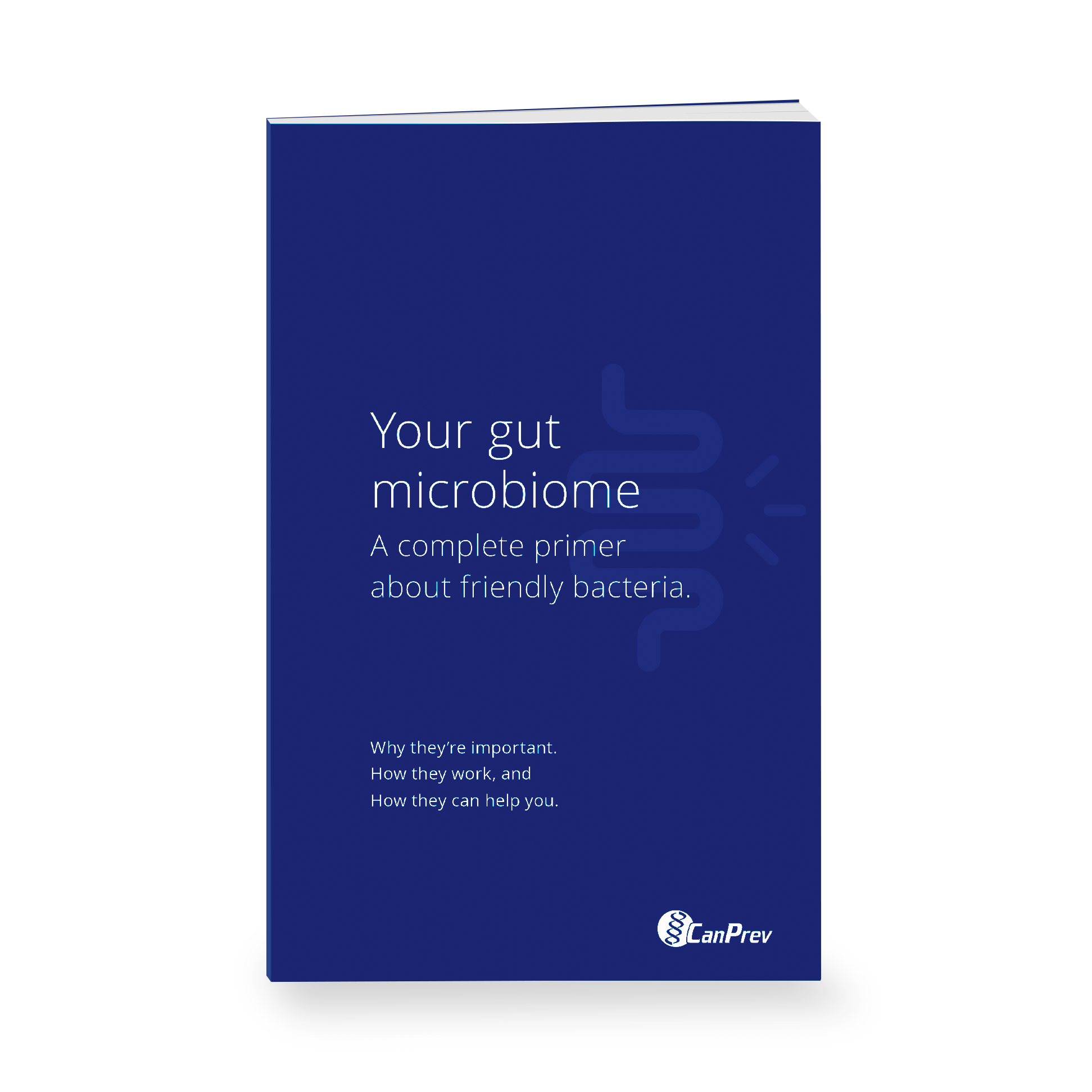Vitamins get a lot of attention, but it’s the minerals that are the true building blocks of your health. We rely on minerals to perform many functions – from regulating heartbeats to building hormones. The wide range of minerals are divided into macro- or trace minerals. Don’t be fooled by their names – both are equally important. “Macro-” simply means we require more of the mineral, and “trace” means we require a lesser amount. A healthy diet needs to contain both!
Responsibilities of minerals
Essential macrominerals
| Mineral | Responsible for |
| Calcium | Maintains strong bones and teeth |
| Chloride | Maintains fluid balance inside and outside of cells |
| Magnesium | Regulates hundreds of biochemical reactions, including muscle contractions and metabolism |
| Phosphorus | Maintains normal acid/base balance, works with calcium to build strong bones and teeth |
| Potassium | Regulates heartbeats, blood pressure and water retention |
| Sodium | Transmits nerve signals around the body |
Essential trace minerals
| Mineral | Responsible for |
| Chromium | Improves insulin sensitivity and metabolizes carbohydrates, fats and protein for energy |
| Copper | Acts as a cofactor for enzymes involved in energy production, iron absorption and protection against oxidative damage |
| Iodine | Regulates metabolism |
| Iron | Transports oxygen to cells and provides energy |
| Manganese | Acts as a cofactor for enzymes involved in cholesterol, glucose and carbohydrate metabolism |
| Molybdenum | Aids in liver detoxification |
| Selenium | Makes selenoproteins that play important roles in reproduction, thyroid hormone metabolism, DNA production and balances the immune system |
| Zinc | Develops immune cells and protects against oxidative stress |
How to prevent mineral deficiencies
These macro- and trace minerals are essential. Unlike some vitamins, minerals cannot be produced by the body and must be consumed through the diet.
Usually, minerals come from soil and water, but they can be absorbed into plants that grow in the soil, or by animals who eat the plants. Each mineral plays a role in hundreds of different body functions. To prevent mineral deficiencies and upsetting the delicate balance in the body, prioritize consuming a wide variety of foods in your diet.
Common mineral deficiencies
Magnesium
Magnesium is involved in hundreds of biochemical reactions in your body. This mineral is like a helper that ensures each cell in your body is functioning optimally. For example, your body can convert food into energy, but the process becomes more efficient when magnesium helps the hormone insulin bring sugars into the cells. Healthy magnesium stores can prevent your muscles from cramping or becoming sore after a workout. Even your mood and sleep can improve when you have adequate levels of magnesium in your body.
However, many Canadians are not getting the magnesium they need to stay healthy. Why? It all starts with the soil. The amount of magnesium in today’s soil is drastically lower than pre-industrialized levels. Modern farming practices such as monocultures, heavy use of pesticides and chemical fertilizers all disrupt magnesium availability in plants.
Since magnesium deficiency starts at the soil quality, the foods we eat do not contain the amount of magnesium we need to thrive. Because of this, most people can benefit from increasing magnesium stores through supplementation.
Magnesium-rich foods
- Leafy greens
- Cacao
- Avocado
- Pumpkin seeds
- Almonds
RDA: 310-400mg/day for adults 18+
Iron
Iron makes up the bulk of your blood. Healthy blood should be a bright red colour, due to the presence of iron in the red blood cells. Each cell relies on iron to transport oxygen between the tissues and the lungs – it is the life force of every cell!
The most common cause of iron deficiency is blood loss. For menstruating women, it is no surprise that their iron requirements are higher, as they lose blood every month. Men and women can also lose blood through gastrointestinal conditions such as Crohn’s and Colitis, in which bleeding occurs due to inflammation in the digestive tract.
From a dietary perspective, iron that comes from animal sources is known to be more bioavailable. This iron, known as heme iron, is absorbed easily into the body, while plant-based irons may have inhibitors or require cofactors to be absorbed. As such, vegans may have a higher risk of deficiency. Pregnant women in particular are also at a high risk because their needs for iron increase dramatically during pregnancy. After all, their body is working hard to build new blood cells for the baby.
Iron-rich foods
- Eggs
- Beef
- Spinach
- Spirulina
- Lentils
RDA: 18mg for females 19-50, and 8mg for males 18+. Post-menopausal women and pregnant women may need more.
Iodine
Iodine makes up the backbone of the thyroid hormones, thyroxine (T4) and triiodothyronine (T3). These hormones are responsible for regulating your metabolism and making sure every cell has enough energy to perform its tasks. Iodine is critical for maintaining some of the most vital functions – controlling heart rate, body temperature and blood pressure. If the cells do not have enough iodine, it can quickly become life-threatening.
Getting iodine from foods can be tricky because depending on the location, soil contains varying levels of iodine. In turn, the iodine content of plants varies greatly. To reduce this deficiency, some areas have implemented salt iodization programs. Table salts now contain added iodine, while some sea salts can be harvested from areas that naturally contain iodine.
People with low thyroid hormone levels tend to be deficient in iodine. Consult with your healthcare practitioner in order to get tested.
Iodine-rich foods
- Seaweed (kelp, nori, kombu, wakame)
- Sea salt or iodized salt
- Oysters
- Fish
- Shrimp
RDA: 150ug/day for adults 18+
Calcium
99% of the body’s calcium is found in the bones and teeth. The other equally important 1% is responsible for maintaining communication between the brain and other parts of the body. Each message from the brain goes through calcium-gated channels. This means every task in the body, whether you’re lifting your arm or fighting an infection, requires adequate levels of calcium in order to complete its job.
Calcium deficiency is most commonly reflected in the bones. After years of use, bones start to lose their density. Older adults and post-menopausal women may notice their ability to move is no longer the same. Vitamin D, magnesium and calcium work together to maintain bone density, so supplementing with all three nutrients can optimize bone health and prevent osteoporosis.
Calcium-rich foods
- Grass-fed dairy
- Organic tofu
- Bok choy
- Sesame seeds
- Almonds
RDA: 1000mg/day for adults 18+ (older adults may need more)
Preventing mineral deficiency
Although there are many minerals required for optimal health, getting adequate levels of each does not need to be a complicated task. Along with eating a diet full of leafy greens, nuts and seeds, healthy fats and proteins, a multimineral can ensure your bases are covered.
Magnesium Multi-Mineral provides 100mg of magnesium glycinate, combined with 8 highly absorbable essential minerals to support everything from energy production to metabolic function. Always consult with your healthcare practitioner and get the proper testing.
References
- Maathuis, F. J. (2009). Physiological functions of mineral macronutrients. Current opinion in plant biology, 12(3), 250-258.
- de Baaij, J. H., Hoenderop, J. G., & Bindels, R. J. (2015). Magnesium in man: implications for health and disease. Physiological reviews, 95(1), 1-46. https://doi.org/10.1152/physrev.00012.2014
- Gröber, U., Schmidt, J., & Kisters, K. (2015). Magnesium in Prevention and Therapy. Nutrients, 7(9), 8199-8226. https://doi.org/10.3390/nu7095388
- Eby, G. A., Eby, K. L., & Murck, H. (2011). Magnesium and major depression. Magnesium in the central nervous system, 313-330.
- Guo, W., Nazim, H., Liang, Z., & Yang, D. (2016). Magnesium deficiency in plants: An urgent problem. The Crop Journal, 4(2), 83-91.
- Moustarah F, Mohiuddin SS. Dietary Iron. [Updated 2020 Apr 30]. In: StatPearls [Internet]. Treasure Island (FL): StatPearls Publishing; 2021 Jan-. Available from: https://www.ncbi.nlm.nih.gov/books/NBK540969/
- Institute of Medicine, Food and Nutrition Board. Dietary Reference Intakes for Vitamin A, Vitamin K, Arsenic, Boron, Chromium, Copper, Iodine, Iron, Manganese, Molybdenum, Nickel, Silicon, Vanadium, and Zinc. Washington, DC: National Academy Press, 2001.







Leave A Comment